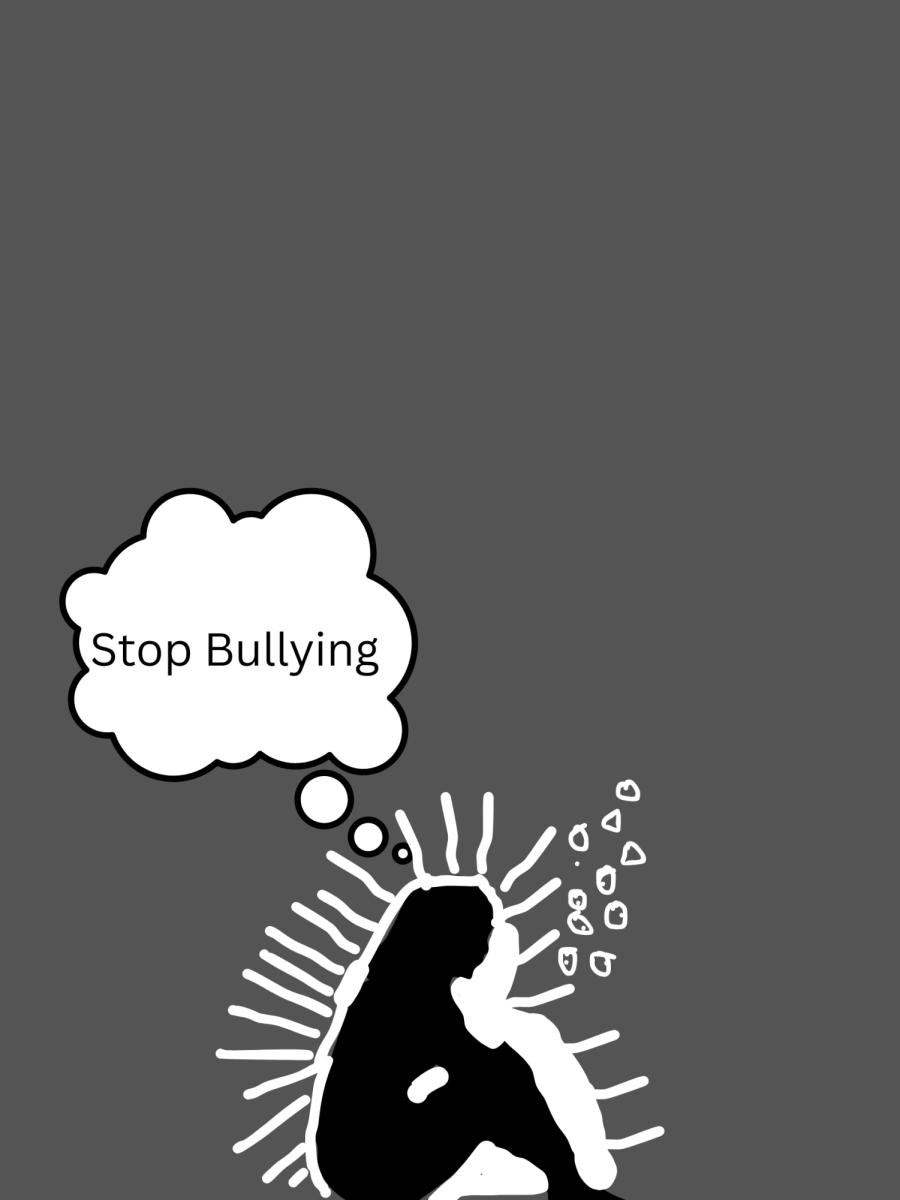Racial profiling leads to Police brutality
September 27, 2014
When Michael Brown was shot to death by police on the night of August 9 with no warning from the officers, it set off a series of protests focused on racism and police brutality. This led to discussions on whether efforts to monitor police should increase to ensure they don’t target specific groups or act violently without reason.
As of 2013, the number of people killed by police in the U.S. has risen to more than 5,000 people between that year and the beginning of the war in Iraq, which is more than the number of Americans killed in the war since 2001. People of color are more likely to have force used on them when in police situations and have a higher rate of arrest compared to white people who have committed crimes of a similar level.
Racial profiling commonly occurs when security personnel stop, question, and search a person who is of a minority race. People of color make up over 60% of those imprisoned, however, they are only 30% of the U.S. population.
Obviously, racial profiling isn’t a new issue. Looking back on the country’s past, racism has been a very poignant issue since its foundation. Even with laws that “guarantee” equal rights for people of different ethnic backgrounds, racism continues to be a problem under law.
According to naacp.org, African Americans are incarcerated at nearly six times the rate of whites. One in three black men can expect to go to prison in their lifetime, according to the U.S. Department of Bureau of Justice Statistics.
The Bureau of Justice Statistics reports that people of color are twice as likely to be arrested when pulled over by police on the road. The same report shows that they were four times as often arrested for drug possession – even though rates of drug use are nearly the same for both groups – and that they were almost three times as likely to have force used against them or threatened with the use of it.
Racial profiling has driven officers to have radically different reactions in situations involving white people as opposed to situations involving people of color.
Last month in Aurora, Colorado – the same location as the 2012 “Dark Knight” shooting – Steve Lohner, a white male, held a loaded shotgun while attempting to provoke the police and refused to cooperate, but wasn’t shot or arrested by the officers involved.
John Crawford, a black male, was holding an air rifle he picked off the shelf in front of him at a Wal-Mart, which resulted in him being shot to death by police who thought he posed a threat to the safety of other customers.
Both situations are, clearly, different and resulted in greatly different consequences. Lohner truly posed as a potential threat and was shown no force from law enforcement. Crawford stood as dangerous as a typical civilian, but was met with a high form of brutality.
As the public becomes more aware of racial profiling because of major news stories such as the happenings in Ferguson, there are more demands for revisions of the policing system. More states have begun requiring officers to wear body cams and strictly regulate the use of firearms by police. In those states, there has been an immense drop in police brutality and complaints against officers. A year-long study conducted by Police Foundation Executive Fellow, Tony Farrar, found that the use of body cams decreased use of force by 50%. The study shows that awareness of police actions will prevent officers from using excessive force.





